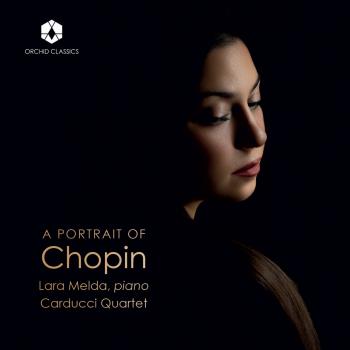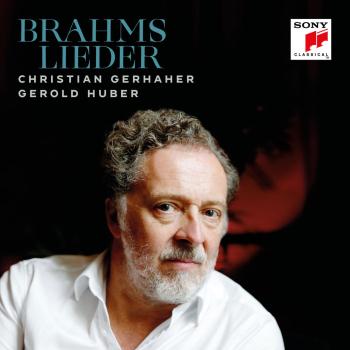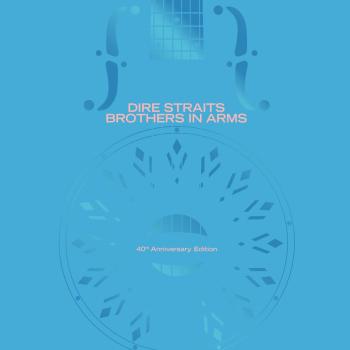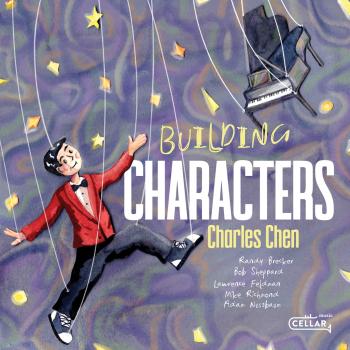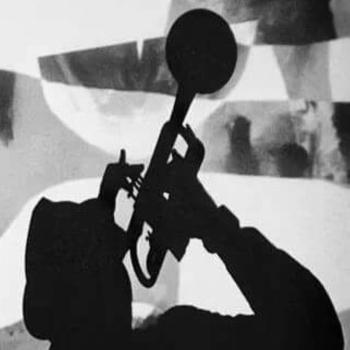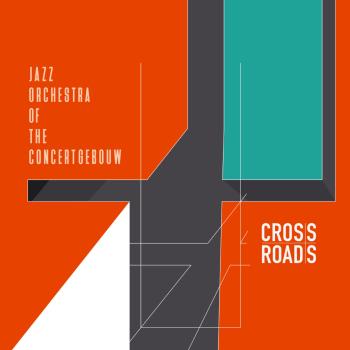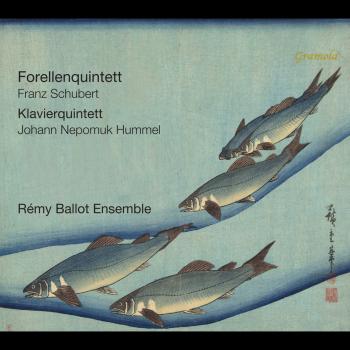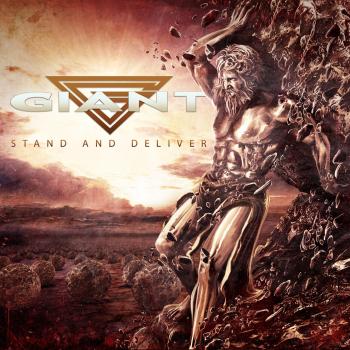
Plays Lawrence Welk's Greatest Hits (Remastered) Eddie Layton
Album Info
Album Veröffentlichung:
1966
HRA-Veröffentlichung:
22.06.2016
Label: RCA/Legacy
Genre: Easy Listening
Subgenre: Compilations
Interpret: Eddie Layton
Komponist: Frank Loesser [Non-Classical Composer], Lawrence Welk, F. Flynn, Bernie Wayne, Lee Morris, C. Washburne, Marilyn Keith, Alan Bergman, Norman Luboff, Eddie Heywood, Norman Gimbel, Frank Scott, Bob Calame, Ben Raleigh, Sherman Edwards, Henry Mancini, Heino Gaze, Frank Bjorn
Das Album enthält Albumcover
Entschuldigen Sie bitte!
Sehr geehrter HIGHRESAUDIO Besucher,
leider kann das Album zurzeit aufgrund von Länder- und Lizenzbeschränkungen nicht gekauft werden oder uns liegt der offizielle Veröffentlichungstermin für Ihr Land noch nicht vor. Wir aktualisieren unsere Veröffentlichungstermine ein- bis zweimal die Woche. Bitte schauen Sie ab und zu mal wieder rein.
Wir empfehlen Ihnen das Album auf Ihre Merkliste zu setzen.
Wir bedanken uns für Ihr Verständnis und Ihre Geduld.
Ihr, HIGHRESAUDIO
- 1 Bubbles In the Wine 02:37
- 2 Calcutta 02:31
- 3 Alley Cat 02:05
- 4 Baby Elephant Walk 02:29
- 5 Wonderful! Wonderful! 02:19
- 6 Apples and Bananas 01:59
- 7 Canadian Sunset 02:16
- 8 Yellow Bird 02:25
- 9 Lawrence Welk Polka 02:08
- 10 Blue Velvet 02:25
Info zu Plays Lawrence Welk's Greatest Hits (Remastered)
Eddie Layton was a demonstrator for Hammond organs, Layton was Mercury Records' star organist at the height of the Space Age Pop era. Layton's style of playing was somewhere between the stiffness Ken Griffin's and the wildness Julian Gould's. He wasn't too jazzy, but he was among the most technically proficient players of the Hammond, and could find little-known features and effects when he wanted to.
This was why Hammond retained him as a house performer for nearly 50 years. The company sent Layton around the world to demonstrate the instrument. Layton estimated once that he'd visited and played at over 700 stores in North and South America, Europe, Asia, and Australia.
Layton started studying music as a child, but he was studying meteorology in college when he enlisted in the Navy in World War Two. The Navy brought him in contact with his first Hammond organ, one sitting at the Naval Air Station in Linhurst, New Jersey. Layton figured out how to turn it on and play it, and after the war, he sought out the legendary Jesse Crawford for lessons.
Eddie Layton, electric organ
Digitally remastered
Eddie Layton
A demonstrator for Hammond organs, Layton was Mercury Records' star organist at the height of the Space Age Pop era.
Layton's style of playing was somewhere between the stiffness Ken Griffin's and the wildness Julian Gould's. He wasn't too jazzy, but he was among the most technically proficient players of the Hammond, and could find little-known features and effects when he wanted to.
This was why Hammond retained him as a house performer for nearly 50 years. The company sent Layton around the world to demonstrate the instrument. Layton estimated once that he'd visited and played at over 700 stores in North and South America, Europe, Asia, and Australia.
Layton started studying music as a child, but he was studying meteorology in college when he enlisted in the Navy in World War Two. The Navy brought him in contact with his first Hammond organ, one sitting at the Naval Air Station in Linhurst, New Jersey. Layton figured out how to turn it on and play it, and after the war, he sought out the legendary Jesse Crawford for lessons.
He began playing for New York City theaters and eventually wound up as a regular at Radio City Music Hall. This led to a job with CBS radio, and he made the switch to television soon after. For years, Layton provided the syrupy organ for "The Secret Storm," "The Love of Life," and other classic soaps.
For sports fans, however, his more last fame stems from his remarkable stretch of 36 years as the organist for New York Yankees' home games at Yankee Stadium. Hired in 1967, he played at thousands of games, providing Yankees fans with one of the few touches of old time baseball the Yankees kept from the Mickey Mantle days.
Mike Burke, who ran the Yankees for CBS when William Paley bought the team, offered the job to Layton, but heturned the Yankees' first job offer down. "I don’t know anything about baseball," he told them. "And besides, I live in Queens and I don’t drive." But the wealthy team had an attractive comeback: "They told me that a limo would pick me up in front of my apartment in Forest Hills before every game," he told a reporter. "And when the game ended, the limo would take me home."
The gig was meant to be for between-innings performances only. But during one game when the team was taking a beating, Layton decided to try to liven things up by playing "Charge!," an old military trumpet call. "The owner looked at me from his box, and gave me a thumbs up," said Layton. "The next day, I got a raise." This and other baseball warhorses, like the first few bars of "The Mexican Hat Dance," can be credited to Layton. His last recording, Ya Gotta Have Heart commemorates his years of ballpark play.
Layton crossed over into other sports, playing for the Knicks basketball team and the Rangers hockey team in the 1970s and 1980s. He retired from the Yankees in 2003. "Eddie Layton was a treasured member of the Yankee family and, as a gifted musician, he made Yankee Stadium a happier place," Steinbrenner remarked after his death.
Layton never married. His passion was model railroading and tugboats. He owned an impressive collection of the former and even one of the latter, which he cruised up and down the Hudson River.
Dieses Album enthält kein Booklet

